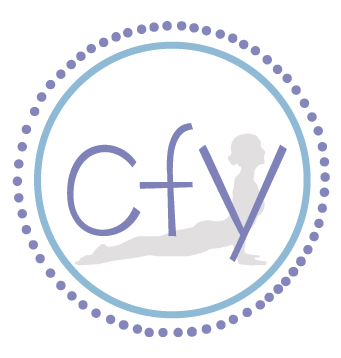What is Myofascial Release and why do we do it?
Since I got trained in Myofascial Release, I’ve gotten a lot of questions about it. So I thought I’d give you a quick summary of what it is and why we do it!
First of all “myo” means muscle and “fascial” relates to the connective tissue called fascia. There are two layers of fascia, superficial (just beneath the skin) and deep (which surrounds muscles, bones, etc.).
Fascia is a very interesting topic, but as a quick summary, it:
Provides a tension system that helps create stability throughout our body
Houses sensory nerves that help serve as a communication system in the body
Serves as a protection system to insulate, provide hydration, and store elastic energy
Fascia plays an important role in our body. But dysfunction can occur through things like dehydration of the tissue or disruption of collagen fibers. That’s where the myofascial balls can be helpful. We can use them to provide gentle pressure, which can help hydrate the fascia and also assist with gliding and movement of the tissues. And due to the high innervation of this tissue, using the balls can also help with interception, which can help us be able to better identify and understand signals from our body. Pretty cool, right?
When I use the MFR balls with students, I find they can better articulate and communicate what they are feeling in their bodies. And that is incredibly important, not only when working with a movement professional but also talking to a medical professional! Also, use of the MFR balls can provide short-term symptomatic relief for areas of discomfort, as well as provide long-term changes to the tissues with consistent use.
So, not only does myofascial release just feel good (who doesn’t want a massage?), it can be one tool in your tool belt to take care of your body!
